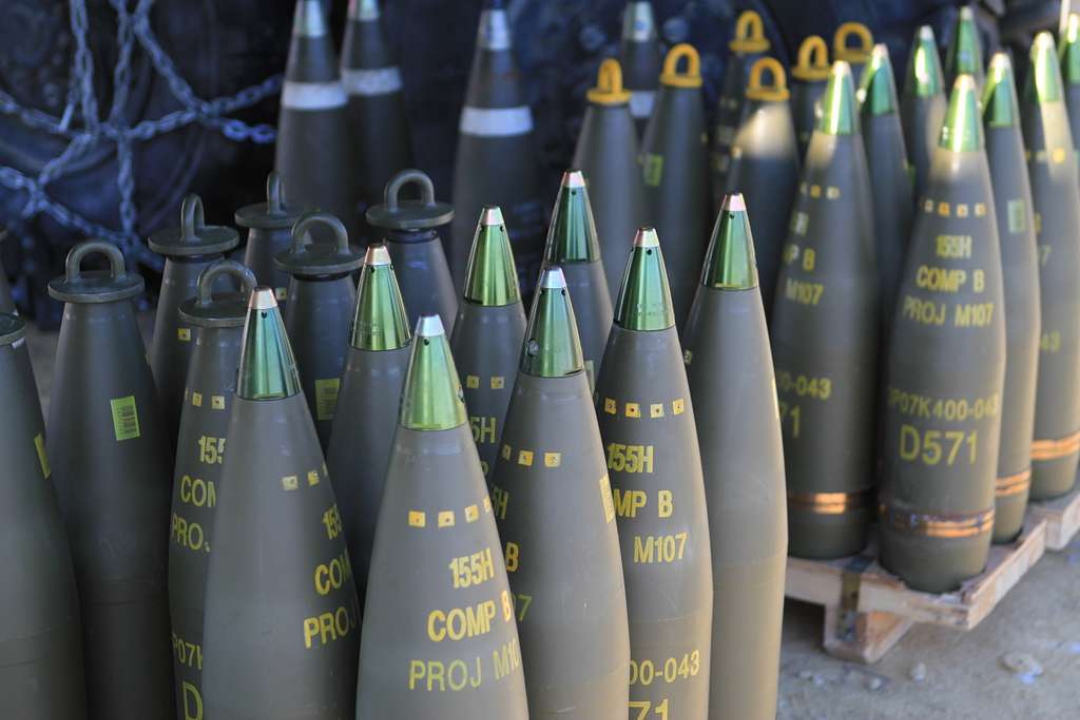Although the ongoing conflicts involving Ukraine and Israel are different in terms of geography, climate, and scale, there are weapons systems and ammunition that the armies of both countries need.
One of the most important of these is the 155 mm artillery shell, which has become something of a cult item in the war in Ukraine but is growing increasingly in short supply worldwide.
There is no capacity to produce industrial quantities. In the United States, production was set for years at 30,000 units, but the Ukrainians used up this quantity in two weeks.
So the West started to give Ukraine its own stocks, but it soon became clear that this was not good for anyone. Kyiv was unable to achieve any significant success, while the Allied states were running out of ammunition. In the meantime, war has broken out on the Israel-Palestine border, and the United States is facing new military difficulties because it has to keep one eye on China in case a conflict breaks out in Taiwan.
A possible escalation of the Israeli war would be the worst possible scenario for Ukraine. It would exacerbate the already critical ammunition shortage, especially of 155 mm artillery shells, which Israel would also need in huge quantities and would have had plenty of if the U.S. had not given them away.
In fact, at the beginning of this year, ammunition stocks were so depleted that the United States touched the War Reserve Stockpile Ammunition-Israel in the country. The huge stockpile in Israel is U.S. property, but it was stockpiled precisely so that the Israelis could use it to maintain their supply of arms and ammunition at all times, should the need arise.
It has been used on at least two occasions over the years: in 2006, during the 34-day conflict in Lebanon, and in 2014, during Operation Strong Rock in the Gaza Strip.
The U.S. Army dismantled these stockpiles and sent 300,000 155 mm artillery shells to Ukraine.
Since the ammunition was by default the property of the U.S. military, Israel was forced to accept the move, even though the ammunition was actually lying there so that the country would not have to scramble for supplies in the event of another large-scale land conflict initiated by a hostile state, notably Iran.






